There are primarily two types of investment strategies based on how much your transactions in the stock market are. They are an active investment and passive investment. In this article, let us take a look at what is Active Investing and passive investing and the difference between active and passive investing. To become a successful investor it is very important to learn stock market basics.
Table of Contents
What is Active Investing?
Active investment is a type of investment strategy that involves actively buying and selling shares in the hope of making profits.
Here you try to beat the market by selling shares when you think the share market will go down and then buy again at a low price.
Also, many times, you buy and hold stocks for medium-term like a year or so when the cyclical nature of business is entering a favorable cycle.
What is Passive Investing?
Passive investing is a type of investing strategy where the investor adopts a buy and hold the option to avoid regular trades and chooses for the long term to get more returns.
Often big investors hold stocks for very long periods, sometimes even decades, for generating high profits. A great example of such investment is Coca Cola shares bought by Warren Buffet.
What is smart beta?
Smart beta investing is a combination of active investing and passive investing. It seeks to enhance returns, improve diversification, and to reduce the risk for investors.
Passive Investing Vs Active Investing
| It is a track and modified portfolio which can be reviewed in a fixed interval of time like quarterly or yearly etc. | It is a track and modified portfolio which can be a review on a daily basis. |
| In passive investment, we should follow a fixed investment strategy to perform for the long term. | In active investment, we should continuously evaluate decisions and changing the investment strategies |
| Passive investing is more relaxed and simpler. | Active investing requires more involvement. |
| In passive investing, we will ignore changes in the market and invest in the long term investment. | In active investing, you have to evaluate macro and micro trends all the time. |
| In passive investing, the expense ratio is less. | In Active investing, the expense ratio is more. |
| In passive investment lesser the changes, lesser the cost, but it gives high returns | Due to consistently buying and selling shares there will be a chance of getting fewer returns |
| It is a very low cost in nature. | It is a very high cost in nature. |
| In passive investing, we can achieve our goals. | Sometimes it’s very difficult to achieve our goals on active investment. |
| It is very tax-efficient | It is a flexible investment strategy. |
Pros and cons of Passive Investments
| It performs close to the index | Unlikely to outperform the index |
| It has lower fees | It has higher fees |
| More tax-efficient | Less tax-efficient |
Pros and Cons of Active Investments
| It can outperform the index if done right | It can underperform the index if not done right |
| Potential for limiting the downside | It has higher fees |
| Buy or sell choices based on research | Less tax-efficient |
FAQs
How is investing in Index different from active management?
Active fund managers try to beat the index by selecting sectors and stocks they assume will perform better in the future. Rather than trying to pick which investments will hit in the future, index managers track a particular market.
This means index managers invest in all the bonds in the index, that provide diversification, which has low risk
How is passive investing different from active investing?
Active investment funds are those where the fund manager selects which shares to purchase and when to buy or sell them. It also indicates that fund managers will manage the portfolio.
So when he notices moving up in a sector, he may move along with that or exit all together if he believes it could crash. Since active management aims to produce a better return to the benchmark, an active fund gives the potential for higher returns than the benchmark, giving the fund manager gets his calls right.
If not, the downside will be much higher too. In the case of passive investment, the fund tracks the benchmark. It invests in the same sectors and stocks in similar allocations of those of the parameter.
Recommended Brokers
 | No 1 STOCKBROKER IN INDIA Zerodha Free equity & mutual fund investments | Flat ₹20 intraday and F&O trades | Rating ★★★★★ | APPLY NOW |
 | GET FREE DEMAT ACCOUNT Upstox Fix brokerage of Rs. 20 per trade | Rating ★★★★ | APPLY NOW |
 | GET FREE DEMAT ACCOUNT Angel Broking 0 Brokerage on Equity Delivery | Rs 20 per order for Intraday and F&O trades | Rating ★★★★★ | APPLY NOW |
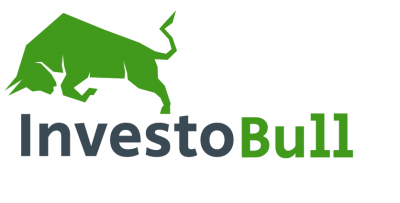




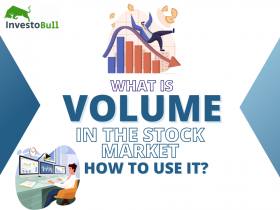
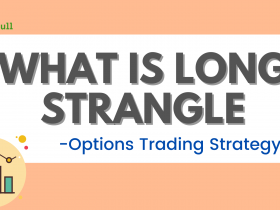
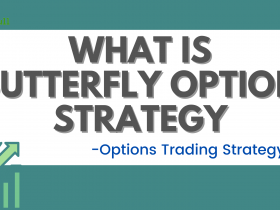

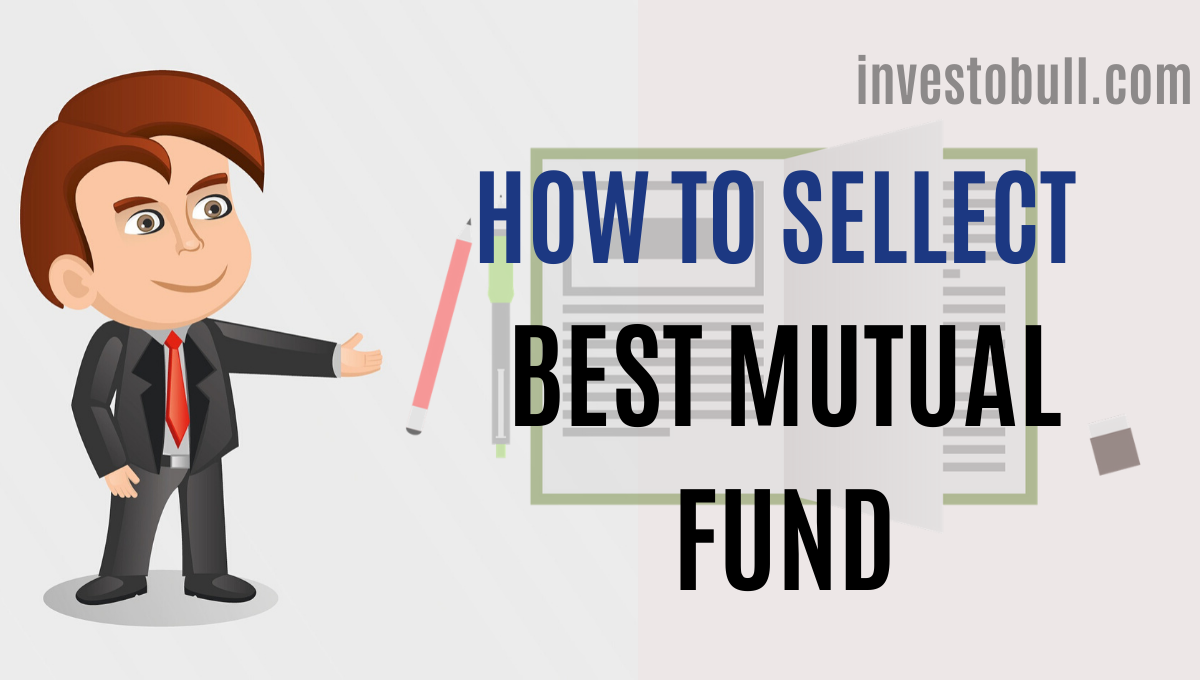
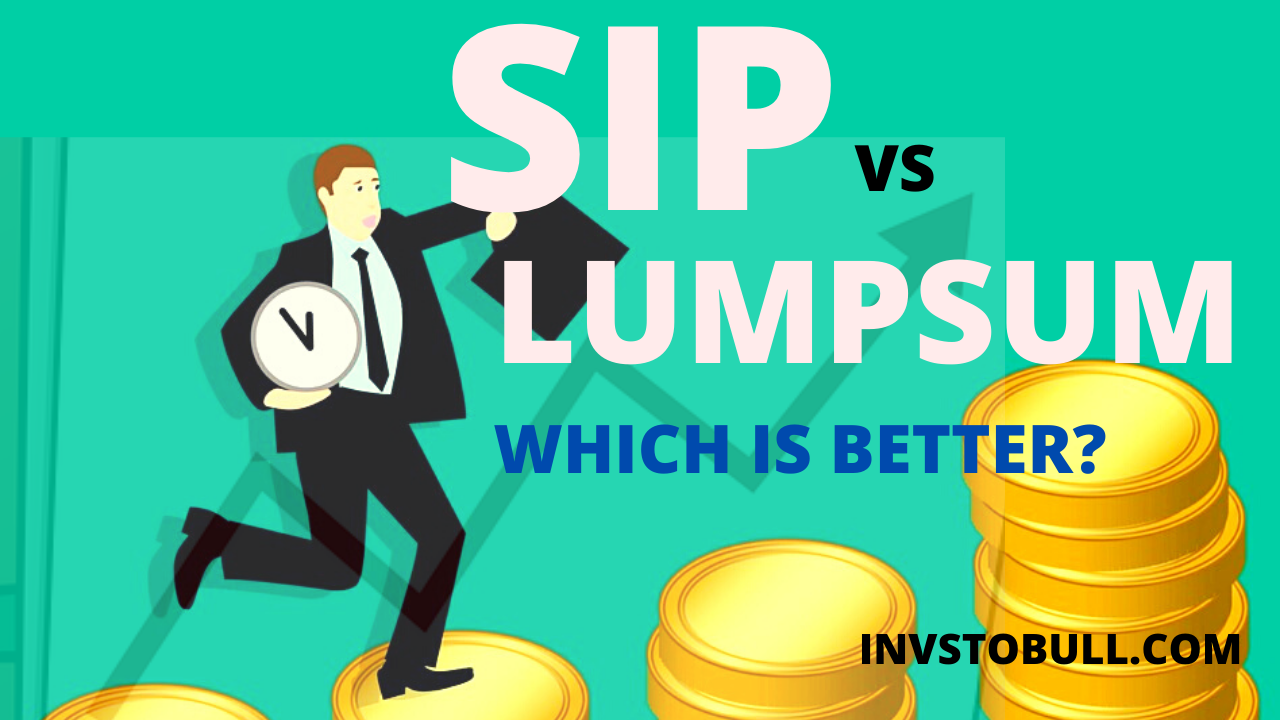
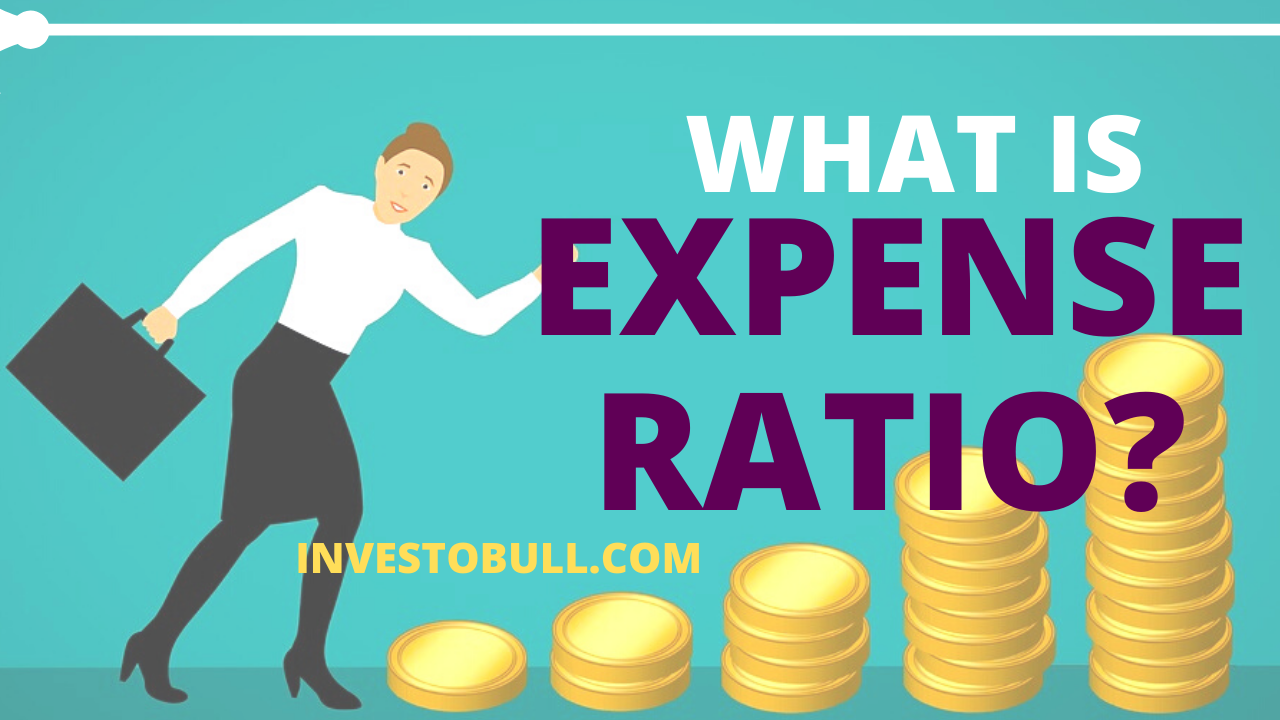
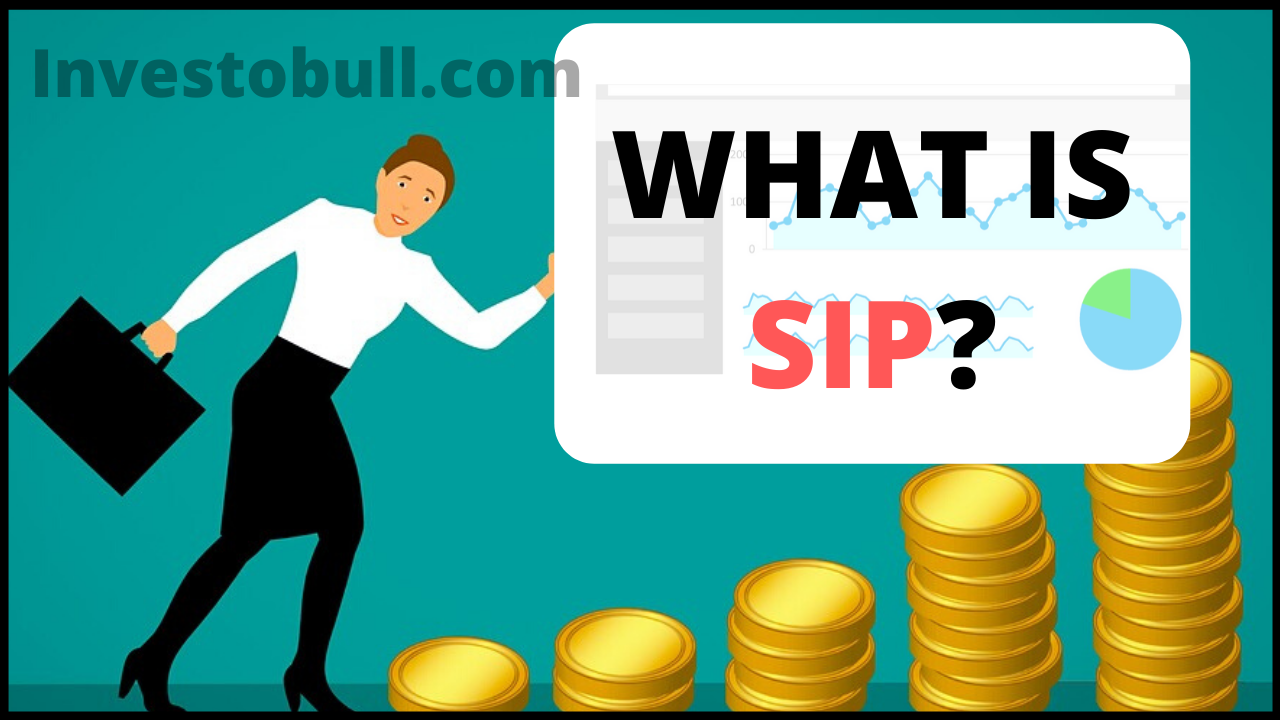


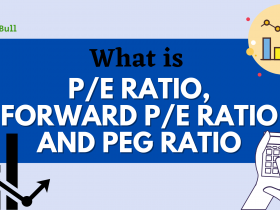

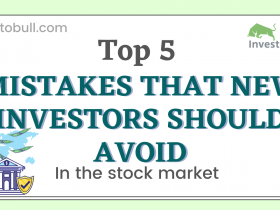
Leave a Reply